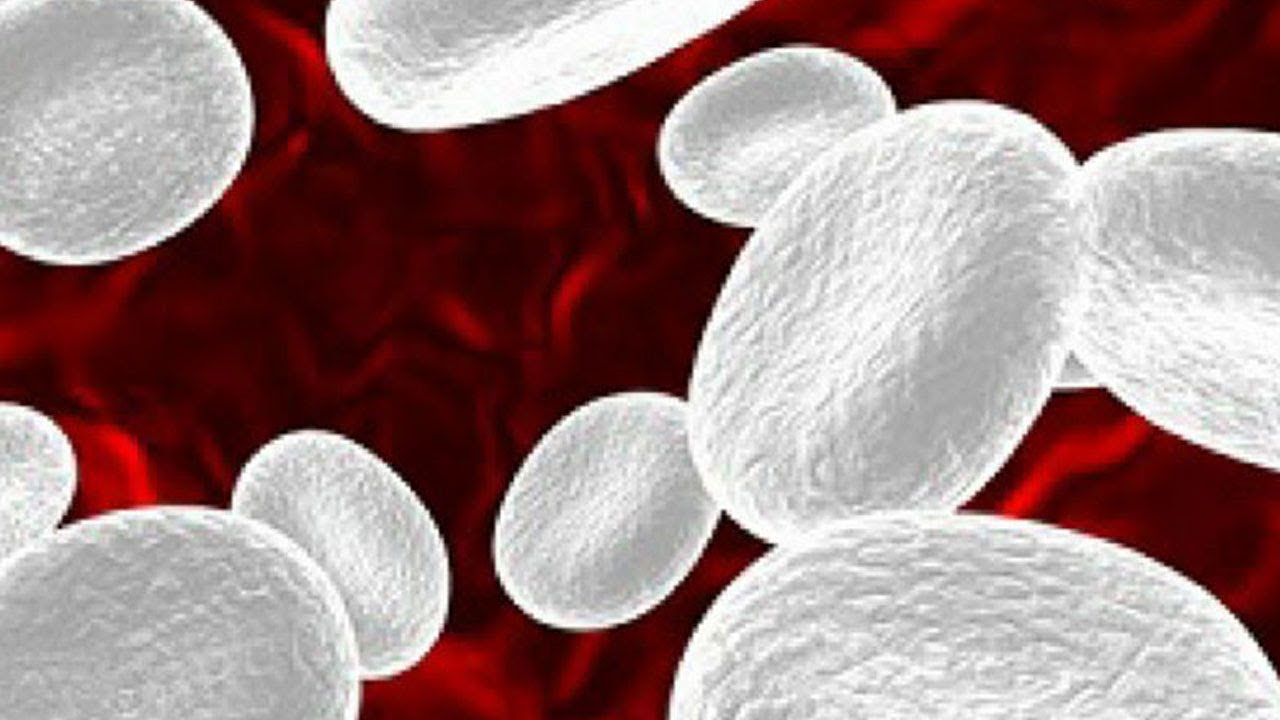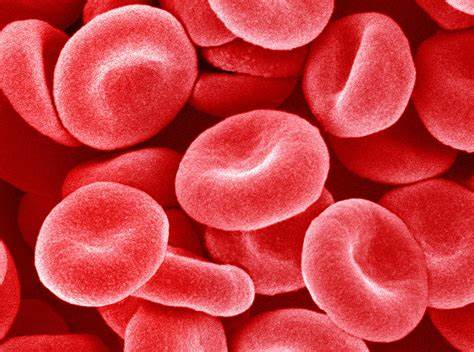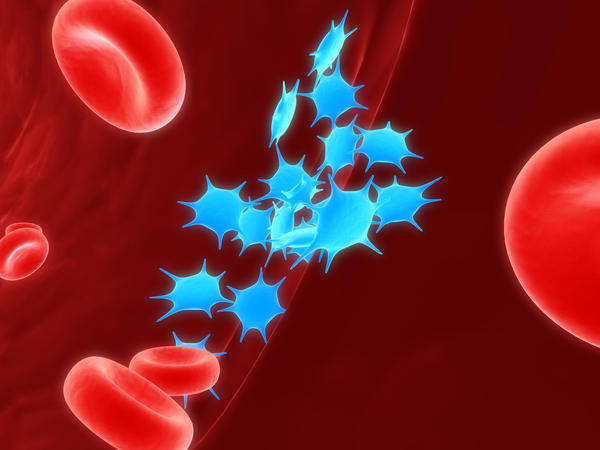
Fight infection

Carry oxygen

Help blood to clot
No one knows exactly what causes leukemia. People who have it have certain abnormal chromosomes, but the chromosomes do not cause the leukemia.
Blood has three types of cells: white blood cells, red blood cells, and platelets.

Fight infection |

Carry oxygen |

Help blood to clot |
The exact cause of leukemia is not known, but it is thought to involve a combination of genetic and environmental factors. Leukemia cells have acquired mutations in their DNA that cause them to grow abnormally and lose functions of typical white blood cells. It is not clear what causes these mutations to occur. One type of change in the cells' DNA that is common in leukemias is known as a chromosome translocation. In this process, a portion of one chromosome breaks off and attaches to a different chromosome. One translocation seen in almost all cases of CML and in sometimes in other types of leukemia is an exchange of DNA between chromosomes 9 and 22, which leads to what is known as the Philadelphia chromosome. This creates an oncogene (cancer-promoting gene) known as BCR-ABL. This change in DNA is not inherited but occurs sometime in the life of the affected individual.
Most cases of leukemia are not believed to be hereditary, but certain genetic mutations and conditions can be passed along to offspring that increase the chances of developing leukemia. A condition known as Li-Fraumeni syndrome is characterized by an inherited mutation in a tumor suppressor gene known as TP53, and individuals with this condition have an increased risk of leukemia and other cancers. Other hereditary conditions that can increase the risk of developing leukemia include Down syndrome, neurofibromatosis type 1, ataxia telangiectasia, and Noonan syndrome.
Leukemia is first classified as acute or chronic and as either myelogenous or lymphocytic.
| Acute Leukemia | Chronic Leukemia |
|---|---|
| Arise from immature cells in the bone marrow (myeloblasts or lymphoblasts). These cells do not function like fully mature ones in fighting off infections. In addition, they often crowd the bone marrow, preventing the production of other blood cells such as red blood cells, other white blood cells, and platelets. Without treatment, acute leukemias often progress very rapidly. | Arises from mature, but abnormal white blood cells. These cancers grow much more slowly and may be discovered accidentally when a blood count is done for another reason. |
All of the blood cells derive from pluripotential stem cells in the bone marrow thanks to a process called hematopoiesis. These cells differentiate into either myeloid cells (the myeloid cell line) or lymph cells (the lymphoid cell line).
| Myeloid cells | Lymphoid cells |
|---|---|
| Differentiate into red blood cells, platelets, and the type of cells found in myeloid leukemia: neutrophils, monocytes, and more. | Differentiate into either B lymphocytes (B cells) or T lymphocytes (T cells), and lymphocytic leukemias may begin in either of these cell types. |